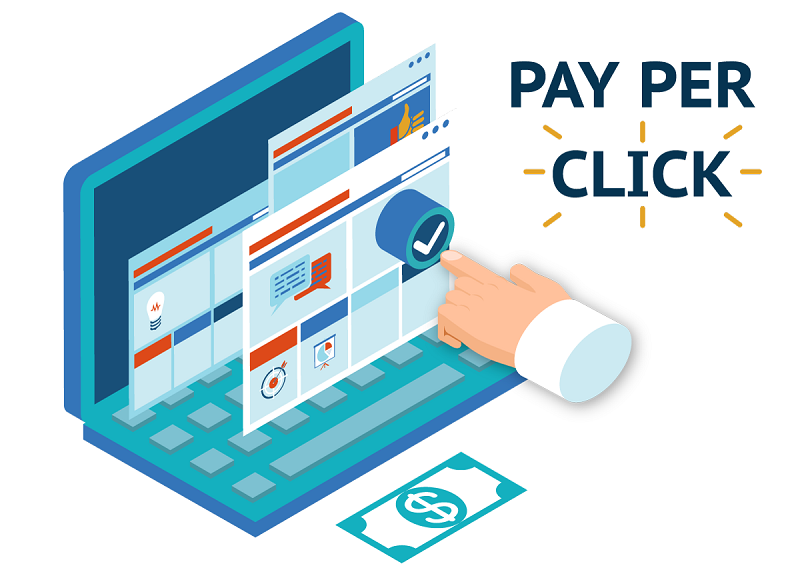Every client is different. While some request incredibly granular search ads, others leave it up to their agency’s discretion. Typically, though, most clients who come to my agency, LSEO, have experienced the same problem in their pay-per-click (PPC) ad campaigns: utter failure.
Paid advertising is arguably more important to get right than search engine optimization (SEO), as businesses can drain thousands of dollars into advertisements that reach no one and accomplish nothing. Between optimizing your bid propositions and finding the right audience, keeping your ad spend low while increasing your quality score walks a very fine line.
Paid advertising benefits some businesses more than others and is often recommended for new startups and small businesses. Here are six tips to conduct an effective and profitable PPC campaign over Google Search and Display.
1. Enable Conversion Tracking
While AdWords provides a wealth of keyword and click data, it’s important that you set up your own conversion tracker to monitor the effectiveness of your campaign. A conversion tracker is a piece of code that is inserted into your HTML to track specific actions on specific web pages.
By setting up a conversion tracker on thank you or checkout pages, you’ll be able to determine which ads best resonate with your audience and receive the most conversions. This can be used to track subscription or form fill-outs, shares, tap-to-call actions and shopping cart checkouts.
The conversion tracker can even be set up to monitor calls made from ads, made from your landing page or clicked on from the website. By tracking conversions, you can report your return on investment (ROI) to relevant stakeholders and gauge the effectiveness of different ad groups and displays.
2. Take Advantage Of Ad Extensions
Unfortunately, search ads are fairly limited to a single message. But with ad extensions, you can add more real estate to your ads with different calls-to-action (CTAs) and optimize for different intent. There are multiple extensions available, with the most common including:
• Callout Extensions: A value statement from your brand
• Sitelink Extensions: Additional links with CTAs
• Review Extensions: Reviews pulled from your landing page to provide social proof
• Structured Snippet: A list of features associated with a product, service or product category
Ad extensions serve as a great way to test new CTAs and provide users additional choices to interact with your ads and potentially convert. Adding a sitelink extension to your ads can increase both your click-through rate (CTR) and conversion rate.
3. Leverage Location Tracking
Geotargeting ads is incredibly helpful for many reasons. It’s relevant to local search intent, it minimizes the competition and it’s able to target people near your brick-and-mortar location.
This amount of granularity allows you to microtarget individuals in a certain radius, thus increasing the chances that your ads will be clicked. With location extensions, you can register your business for specific “near me” searches and pop up as the top result in the local search pack.
4. Use Negative Keywords
Negative keywords help you control your ad spend and improve your quality score by reducing irrelevant or unnecessary traffic. Negative keywords are keywords that are semantically similar to your target keyword, but irrelevant to your advertising. For example, if you’re advertising a men’s hair salon, the word “shave” or the phrase “shave near me” may be appropriate, but not the word “razor.” You sell shaves, not shaving equipment.
When the wrong people land on your page and bounce, it tells AdWords that your ad is irrelevant, thus decreasing its quality score and increasing your cost per click (CPC). You can insert negative keywords during AdWords ad setup and view them from your shared library.
Honestly, you might not identify too many negative keywords right off the bat. It will take some time and data to pour in to see which keywords don’t result in conversions.
5. Do More Split Testing
Truly savvy paid media marketers do not just settle on one group of ads; they produce multiple ad groups. It’s important to always be refining your ads to reach the right audience members and gather the most conversions.
Traditionally, A/B split testing could be conducted by pausing one campaign and unleashing another ad group. Fortunately, there are ad scripts out there that allow you to track split testing data between two different ad sets by impressions, CPC, CTR, etc. Continue to monitor ad set data and attributions to cleverly refine your ads to drive better results for your bid propositions.
6. Employ Remarketing
Finally, the benefits of remarketing cannot be overlooked by any firm. Remarketing can increase conversions from abandoned shopping carts as well as keep your brand top of mind for future shopping decisions.
There are tons of remarketing strategies to choose from, such as remarketing lists for search ads (RLSAs), email remarketing, standard remarketing and dynamic remarketing. Regardless of which you choose, remarketing campaigns typically provide a high ROI if targeted to the right customers with high shopping intent.
PPC advertising has a lot more at stake than traditional SEO. Entrusted with budgets that can reach well beyond tens of thousands of dollars, you have a responsibility to deliver the highest ROI you can for your clients. Using these tips, you can increase your ad’s real estate and reach to gather more conversions.
_____
by Kristopher Jones
Source: forbes.com


